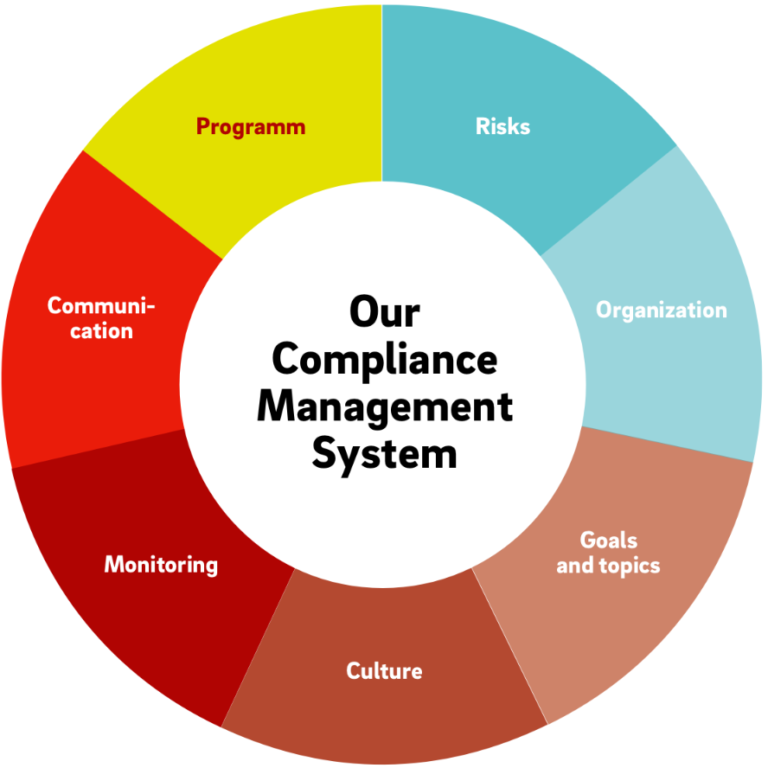
There are many benefits of using a compliance management system. These include improving your compliance culture and monitoring your business processes. In addition, they can track the compliance of vendors. These benefits make compliance management systems a valuable tool for any organization. Ultimately, you’ll be able to reduce your non-compliance rates and increase your business’s bottom line.
Reduce Non-Compliance
Compliance management is integral to any business but can be challenging to implement. While the implementation process is often time-consuming, a well-designed system can significantly reduce the chances of non-compliance. Implementing a compliance management system requires that management understand and implement changes that can affect the entire business. This means offering adequate onboarding and training to employees.
Companies must remember that non-compliance is expensive and can hurt their reputations and finances. Companies implementing compliance management systems can avoid these consequences and save money on litigation. Compliance management systems vary from industry to industry, but it is always important to remember that it’s not a one-size-fits-all solution.
Regardless of industry, compliance is an ongoing and growing concern for most businesses. From medical devices to automotive, compliance regulations are complex and relevant to almost any business. However, compliance issues can become costly and difficult to resolve if you don’t implement a comprehensive compliance management system. Luckily, there are several ways to implement a system that helps reduce the risk of non-compliance and maximize profits.
Build a Culture of Compliance
Compliance culture starts from the top down and should be a fundamental element of any organization’s business processes. However, building such a culture can be difficult. Recent well-publicized examples of corporate wrongdoing have highlighted this challenge. In addition, the process requires readjusting learned behaviors, such as habit formation, motivated blindness, and compliance fatigue.
One way to create a compliance culture is to educate all employees on the various regulations that apply to their work. In addition, they should be given ongoing training and educated about their specific roles within the company. In addition, every employee should be encouraged to raise concerns and issues that might violate the rules and regulations of the organization. Lastly, the company should hold those who violate laws and rules accountable.
While many organizations have policy manuals and accreditation, many do not. As a result, the costs of non-compliance are often the largest for an organization. A CMS can help ensure that your employees follow the law and maintain compliance with regulations.
Monitor Business Processes for C
A compliance management system (CMS) aims to detect and prevent compliance violations. The system monitors business processes in different phases of the process life cycle. For example, during the design phase, the process model is checked for compliance with requirements, and during execution, the process instance is monitored to detect and predict possible compliance violations. A process monitoring system can also diagnose compliance violations offline.
A compliance management system should monitor business processes using a constraint-based model, which enables it to identify individual instances. This allows the system to provide proactive support and guide the execution of the process to avoid violations. This is particularly useful in large-scale systems where a high volume of data must be processed.
The monitoring framework should include compliance metrics and indicators. It should also provide aggregated feedback to users while summarizing detailed information about each compliance rule.
Track Vendor Compliance
A business should implement a formal process for vendor compliance, including internal audits, risk assessments, and detailed record-keeping. In addition, a business should monitor vendor compliance in real time. Vendors can significantly impact a company’s internal operations and product output, so carefully monitoring their behavior is crucial.
While the business may not be able to control all of the activities of third parties, it is still essential to ensure that the vendors’ processes are compliant. Without a system to track and measure compliance, a business could waste time, money, and reputation. Fortunately, there are now compliance management systems that can do this automatically.
Compliance management systems can help businesses manage vendor risks and comply with legal and safety regulations. In addition, these systems can track and record information about vendors so that quality managers can analyze data and identify issues with vendors.